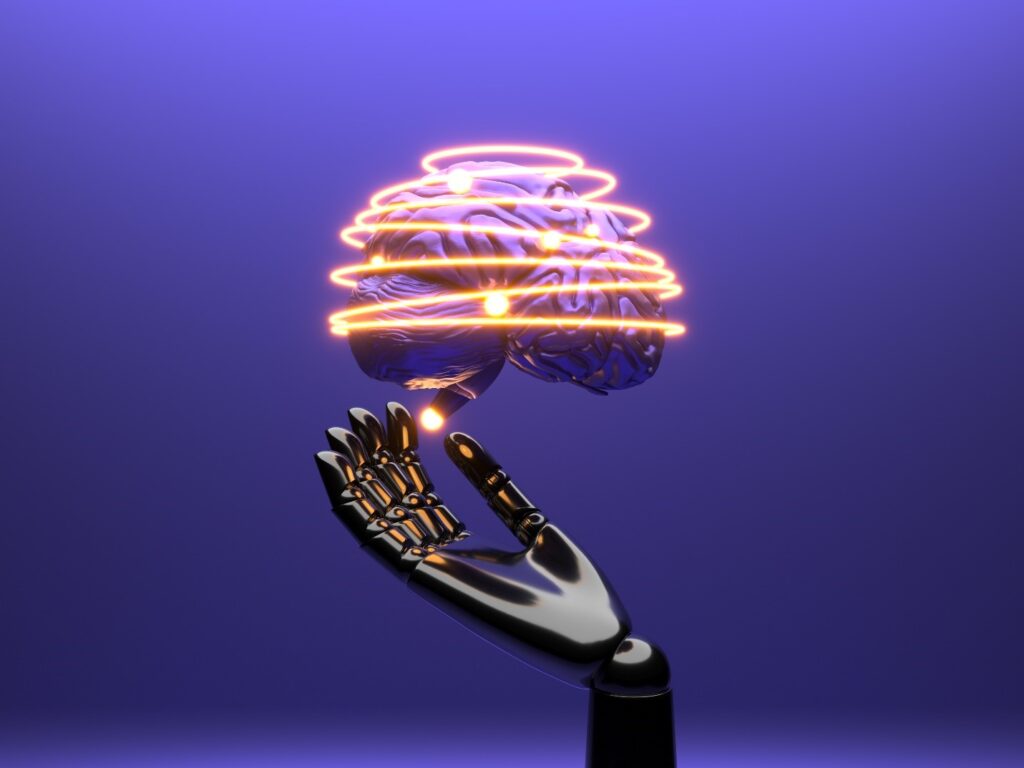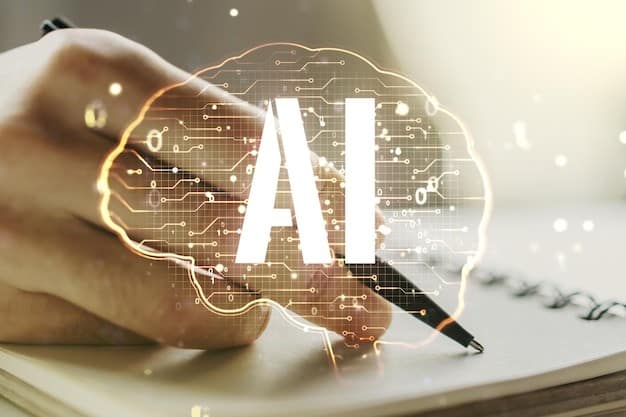Nowadays, cutting-edge technologies such as artificial intelligence are impacting every industry and translation, for sure, is not an exception. Many methods and tools have been recently created to imitate human behaviors in many fields such as translation, banking, transcription, retail, and many more. Such methods and tools are continuously evolving and are expected to replace many jobs in the future.
Artificial intelligence and its branches such as deep learning, machine learning, cloud computing, and fuzzy logic have brought out many useful tools that help translators accomplish their jobs fast and efficiently. Most of the AI types work by creating algorithms allowing them to reproduce behaviors similar to those produced by the human brain.
In this blog, we will walk you through the definition of machine translation, its types, pros and cons, and how it affects the translation industry. Let’s dive into it.
What is Machine Translation?
One of the most common impacts of AI is the use of auto-translation or machine translation. In its simplest form, machine translation is the use of machine learning algorithms to automatically translate texts from one language into another.
There are many types of machine translation; the most common of which are the statistical machine translation and the neural machine translation.
Statistical Machine Translation
This type of machine translation works by analyzing existing translations that are already stored in order to select the rules that best suit a given text to be translated into another language. This type can be improved by adding more data over time. However, it has a great defect which is that it cannot translate idioms and colloquial expressions. It is only useful for word-for-word or literal translation. It also does not understand the context of translation and cannot apply localization.
Neural Machine Translation
This type is based on a neural network that processes data. This network is always fed by examples and trained to be able to predict the likelihood of the sequence of words. The machine can make adjustments based on memories and fine-tune itself by being used frequently. This type is more accurate than the statistical model and can improve over time to produce translations that have a human-like feeling.
According to globenewswire.com, The Global Machine Translation Market Size is expected to reach USD 4,069.5 Million by 2030. The use of technology such as algorithms and artificial intelligence to enhance the efficiency of machine translation is growing rapidly and will be fruitful for many sectors such as the healthcare and education industries.
Although machine translation is predicted to replace the human brain in the future, it still, in its current form, cannot imitate the human feeling. Let’s highlight its pros and cons.
Pros
- Machine translations can produce instant translations for large volumes of text in a shorter time than handled by a human translator. When it comes to speed, human translators cannot compete with machine translations.
- Machine translations can generate accurate translations if there are not any expressions or colloquialisms that need human intervention.
- AI-based tools can help translators automate the translation process, and; therefore, save a lot of time such as CAT tools. They help them store translations, and detect typos. They also assist in spelling, help in managing the translation workflow, and suggest possible technical terms for translators, and; hence, save them time.
- Machine translations are more cost-effective than human translators. Some companies rely on machine translations to translate their projects and ask a human translator to edit and make sure that the final output is accurate. This saves them a lot of time and money.
Cons
- These technologies can generate inaccurate translations, especially in the legal field where specific expertise in using legal terminologies is required.
- Machine translations cannot handle localization projects. They cannot adapt messages to fit a specific audience.
- Machine translations cannot translate expressions, idioms, and colloquialisms that imply different meanings.
- They also cannot understand that each text requires a specific tone or style of writing.
Despite their disadvantages, AI-based tools can facilitate the translation workflow for human translators. They can also be beneficial if post-editing by a human linguist is applied.
At Torjoman, we apply state-of-the-art technologies including computer-assisted translation tools, machine translation systems, glossaries, term bases, and translation memories to provide you with best-in-class translations with the most affordable prices and the fastest turnaround.
Torjoman always strives at producing translations with the highest quality by having a strong quality management system that allows no room for errors. The translation process involves specialist translators, editors, proofreaders, and quality-checking software to guarantee the highest standards of accuracy and precision.
Do not hesitate and get an instant quote now!







